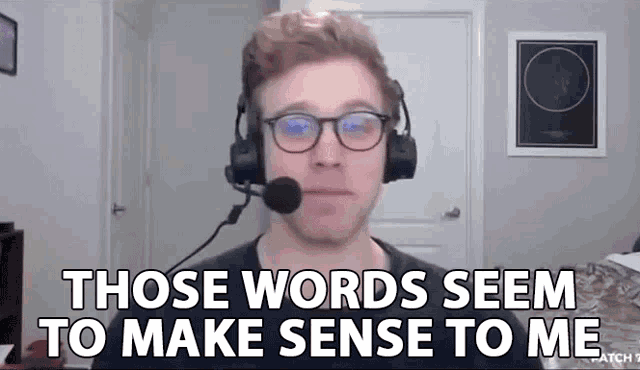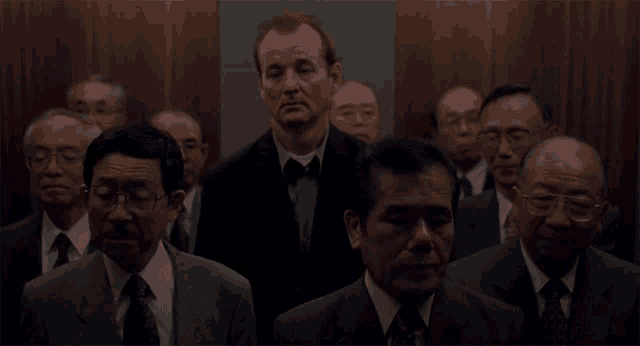Explore the art of creating laughter through effective comedy writing in this lesson. Students delve into the essential ingredients of humor, discuss the role of surprise and incongruity, and practice crafting comedic characters and scenarios. Engage in lively discussions on comedic techniques and polish your comedic writing skills.
Describe These Pictures


- Ventriloquist on Stage
A man named Tom was on stage with his puppet, Charlie. Tom made Charlie speak in funny voices and tell jokes. The audience laughed and clapped. Tom pretended Charlie was real. Everyone loved the show!
- Stand-Up Comedy
A guy named Jack stood on stage with a microphone. He told jokes about everyday things like cats and pizza. People laughed loudly at his funny stories. Jack felt happy seeing everyone smile. He knew he was good at making people laugh!
Vocabulary
Components or elements that are necessary for a particular outcome.
- Example: The ingredients of a successful comedy often include timing, relatable characters, and unexpected twists.

Of crucial importance; central to something.
- Example: His pivotal role in the film earned him critical acclaim.

Persisting over time; lasting.
- Example: Their enduring friendship began in kindergarten and continues to this day.

The act of placing things close together or side by side for comparison or contrast.
- Example: The film's juxtapositions of wealth and poverty highlighted social disparities.

To undermine or overthrow an established system or institution.
- Example: The artist's work often challenges societal norms by subverting traditional perspectives.

To evoke a positive feeling, emotional response, or memory.
- Example: Her speech on equality resonated deeply with the audience, inspiring many to take action.

Methods or procedures used to achieve a particular result.
- Example: The artist employed various techniques to create a sense of depth in her paintings.

Involving repetition or successive refinement.
- Example: The iterative process of editing and revising is essential to improving writing.

A traditional saying that expresses a general truth or piece of wisdom.
- Example: The adage "laughter is the best medicine" holds true in many situations.

To go beyond the usual limits; to surpass or exceed.
- Example: The film's powerful message transcends cultural boundaries, resonating with audiences worldwide.

The fundamental nature or characteristic of something.
- Example: The essence of his argument was captured in a single, poignant sentence.

To stimulate or incite a reaction, often an emotional one.
- Example: Her controversial remarks provoked a heated debate among the panelists.

Typical examples or representations of a certain person or thing.
- Example: The characters in the novel embody classic archetypes of heroism and villainy.

The state of being out of place or not in harmony with the surroundings.
- Example: The incongruity of her casual attire at the formal event drew curious glances.

Reading
Humor, a timeless facet of storytelling, thrives on the unexpected and the familiar turned upside down. From ancient Greek theories to Renaissance comedy archetypes, humor continues to evolve through our everyday observations and imaginative leaps. Whether crafting a story, speech, or screenplay, injecting humor can transform the ordinary into the extraordinary.
Exploring the Ingredients of ComedyEffective comedy hinges on several key elements: who, what, when, where, why, and how. These fundamental questions demand specificity and detail, essential for generating laughter. Characters play a pivotal role; from the know-it-all to the loveable loser, their flaws or unexpected actions often provide the comedic spark. Drawing on archetypes like those from Commedia Dell'Arte, comedy finds enduring appeal in human imperfections and the clash of expectations.
Embracing Incongruity and SurpriseAristotle's insight that "the secret to humor is surprise" underscores the importance of incongruity. Comedy thrives on the unexpected juxtapositions—like a frog dating a pig or a nun disco dancing—that defy conventional norms. Drawing connections through mind mapping or shifting from observation to imagination ('what if' scenarios) are powerful tools for uncovering these comedic gems.
Practical Tips for Writing ComedyCrafting comedic moments involves more than inspiration; it demands techniques. The "rule of three" (setting up a pattern and then subverting it), the punchline rule (placing the punch at the end), and leveraging 'K-sounds' (words like coconut or pickle that inherently sound comical) are effective strategies. Moreover, real-life frustrations and annoyances often serve as fertile ground for humor—transforming personal miseries into shared laughs.
Writing with a Light TouchWriting humor is subjective and iterative. What may seem obvious or even silly can resonate deeply with audiences. Will Rogers' adage that "everything's funny as long as it happens to somebody else" reflects the universality of shared laughter. Through revision and experimentation, writers refine their comedic instincts, finding joy in the process.
ConclusionIn conclusion, humor in writing transcends mere entertainment; it forges connections through shared experiences and unexpected twists. Whether in literature, film, or everyday anecdotes, the essence of humor lies in its ability to surprise, provoke, and ultimately, unite us in laughter.
A: Timing, relatable characters, and unexpected twists are crucial ingredients.
A: Aristotle said that the secret to humor is surprise or incongruity.
A: Writers can start with a word (e.g., pickle), jot it down, and quickly make connections to generate comedic ideas.
A: Archetypes like the know-it-all or the loveable loser provide templates for creating comedic characters.
A: Techniques such as the rule of three (setting up a pattern and then subverting it) and using 'K-sounds' (words like coconut or pickle that sound comical) are highlighted.
Discussion
A: Timing is crucial in comedy because it can significantly impact the delivery and effectiveness of jokes. It allows for punchlines to land effectively and enhances the overall comedic rhythm of the piece.
A: Yes, using incongruity or surprise can create unexpected twists that catch readers or audiences off guard, leading to genuine laughter. It adds an element of unpredictability that keeps the audience engaged.
A: Character flaws humanize comedic characters and make them relatable. Exaggerating these flaws can amplify humor by showcasing absurd or unexpected behaviors, creating situations that audiences find humorous.
A: Being specific adds authenticity and depth to comedic situations, making them more vivid and relatable. However, universal themes ensure that the humor resonates across different audiences, balancing between personal experiences and broader appeal.
A: One challenge is ensuring jokes remain fresh and relevant over time. To overcome this, I often seek feedback from others to gauge the humor's impact and revise based on their responses. Additionally, I constantly look for new angles or perspectives to inject into my comedy writing.
Opinionated Questions
A: While comedy often thrives on pushing boundaries, there are sensitive topics that can cause harm or offense. It's crucial for comedians to navigate these topics with empathy and awareness of their impact on different audiences.
- Agree: Comedy has a unique ability to shine a light on societal issues and provoke critical thinking through humor.
- Disagree: Comedy should primarily entertain and provide escapism without delving into controversial or sensitive topics.
- Agree: Exaggerated characters often amplify humor by emphasizing their flaws or quirks.
- Disagree: Realistic characters with relatable flaws can generate humor through genuine situations and reactions.
- Agree: Being politically correct ensures that comedy respects diverse perspectives and avoids harmful stereotypes.
- Disagree: Comedy thrives on pushing boundaries and challenging taboos, which may sometimes involve pushing past politically correct norms.





